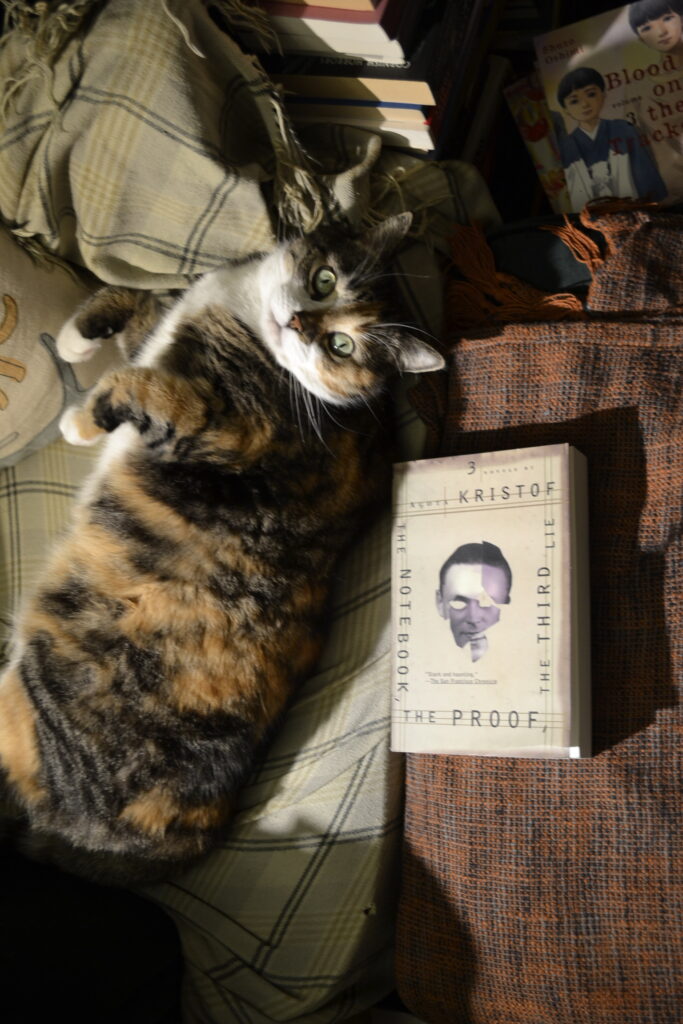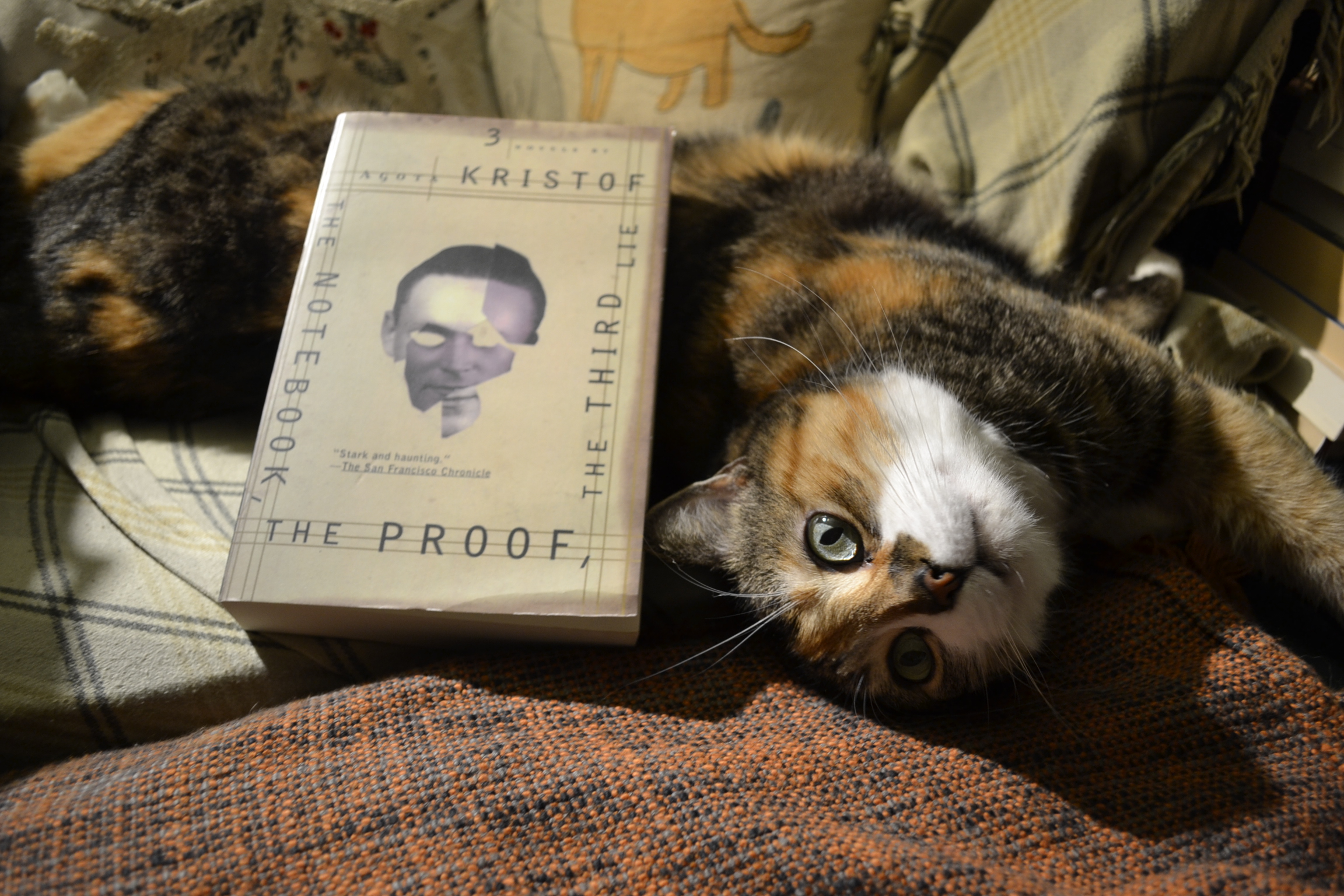The First Ice Storm
Yesterday when we went outside to run errands, the icy snowy rain began. It goes by many titles — snrain, freezing rain, ice pellets, wintry mix — but no matter what you want to call it, it means a lot of ice on the roads and on all of the trees. While the wind is howling outside and the ice is hitting the windows, I always feel extra cosy, but also extra happy that all of our cats are inside and safe.
The neighbourhood indoor/outdoor cat is one that we are quite familiar with and I always think of her on nights like the last one. Even though she isn’t one of our cats, I always worry. This morning, however, she came up to our door looking fluffy and happy. Clearly, she hadn’t been exposed to any kind of bad weather. And, clearly, she wanted a ride home. I was happy to give her one while I marvelled that cats are truly amazing animals and this one is particularly has worked out basically a ride-share system where she can get a lift home without getting her little paws even slightly damp and cold.
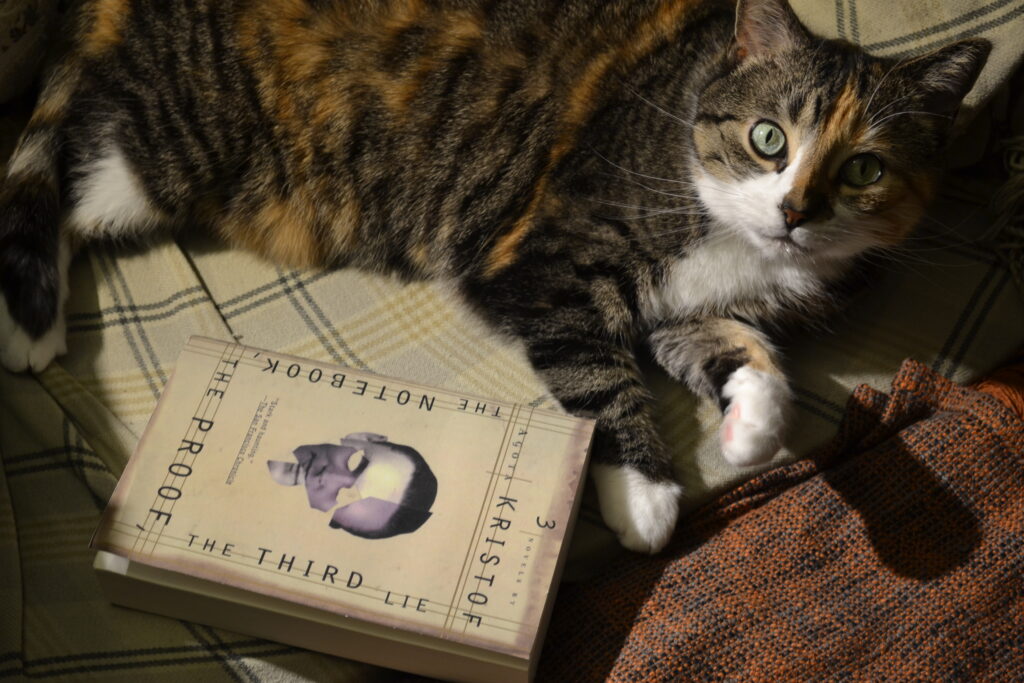
Three Novels, One Story
The Notebook (Le Grand Cahier), The Proof (La Preuve), and The Third Lie (Le Troisième Mensonge) are actually three separate novels, all by writer Ágota Kristóf. Grove Atlantic has put them together in one 400-page volume with very nice typeface and generous margins. Though these books were published years apart, they flow together seamlessly and need each other to paint the full picture of the plot as well as the themes that Kristóf is working with. I definitely recommend either getting a volume that includes all three or reading them one after the other. The elements here are far too intricate for too long of a pause or the inadvertent losing of any threads.

All three novels revolve around two brothers, Claus and Lucas. They are twins. Perfect reflections of one another. In The Notebook, they are abandoned at their grandmother’s during a brutal war (presumably World War II) in their country (presumably in Europe) and, using a notebook, they practice hardening themselves against outside threats and internal ones as well.
In The Proof, the reader follows Lucas who, now separated from Claus, seeks to prove his brother’s existence without seeming to manage to. All the while, he is raising a child that is not his own. However, by the end of the novel it is unclear just what is fact and what is fiction written in the notebook he and Claus once shared.
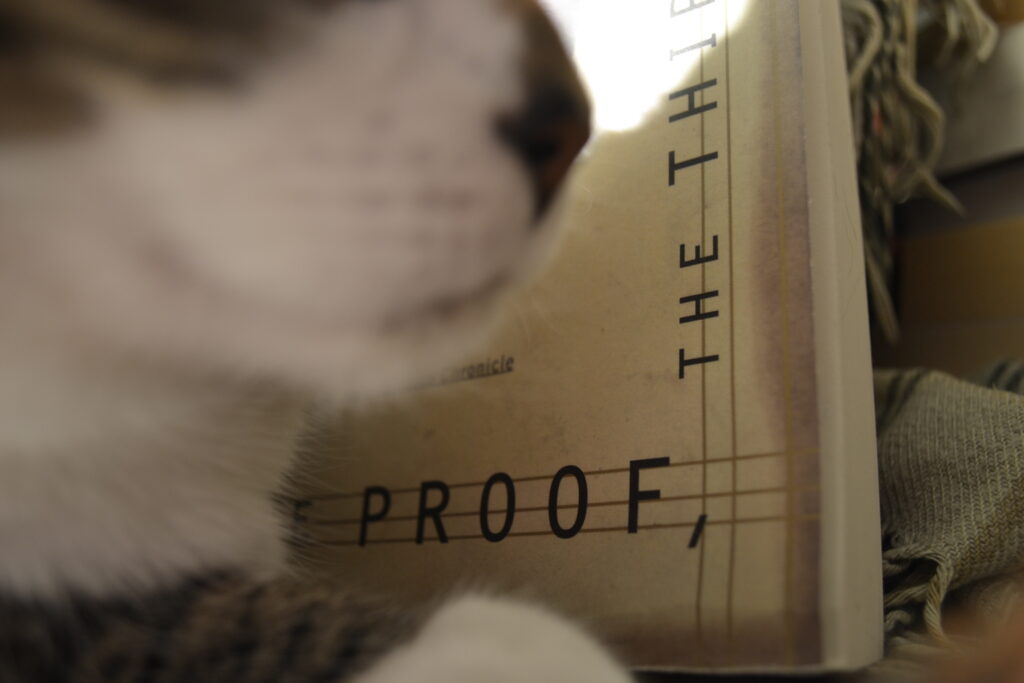
The Third Lie weaves together the first two novels and provides the answers to questions raised and burning by the end of The Proof. Now it is Claus who we follow, but we are equally unsure of who he is and what he wants to uncover as his life draws to an end and he tries to reconnect with his lost past.
As a warning, all three books contain graphic violence including sexual violence committed against children and incidents of animal cruelty. If you are uncomfortable with that kind of content these books are not for you.
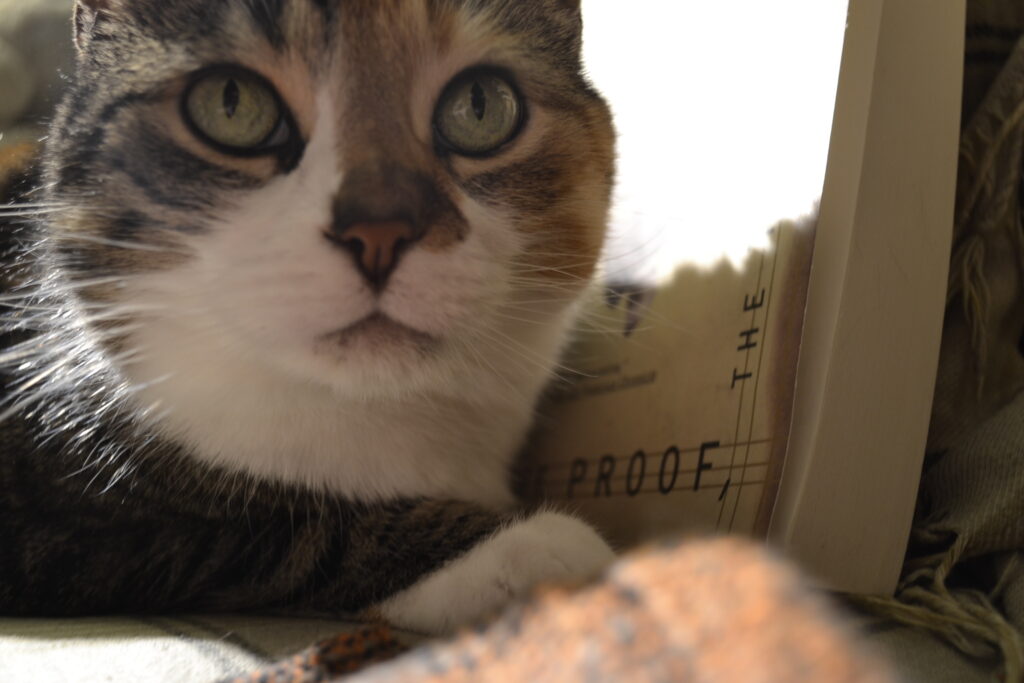
Identity and War
In essence, all three of the novels are about identity. Who is Claus and who is Lucas? They are twins but the reader remains unsure of if both brothers truly exist. And which of the brothers is the lie. Kristóf juxtaposes the precarious explorations of puberty and the coming-of-age narrative of finding one’s place in society with a fractured and hideously malformed landscape permanently changed by conflict. Claus and Lucas become children of the war as war becomes a part of who they are and the adults that they become.
And even with the answers provided by the last of the novels in the cycle, the question becomes if which brother is which truly matters at all in the face of the wreckage of their lives. Trauma has shaped them both and split them from one another as effectively as a closed border or no man’s land. Ultimately Lucas has been wearing Claus’ face as he tries to survive in a war-torn country. Yet Claus has carried the guilt and burden of a fractured home and a life lived in the shadow of what he has lost and can never attain.
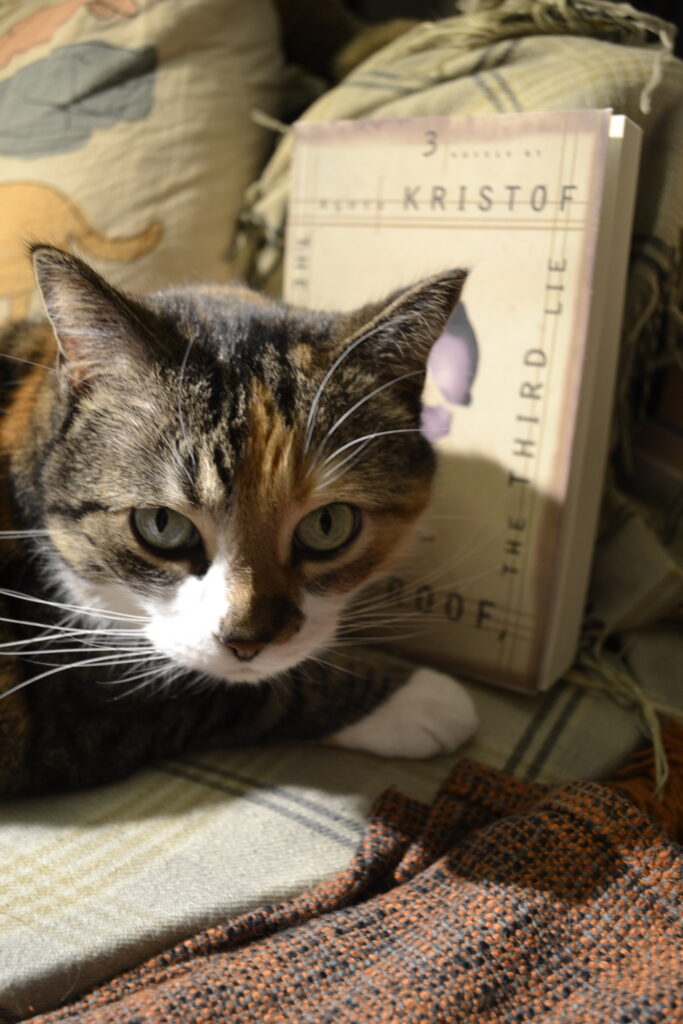
A Biting Allegory
The story of the fates of the twin brothers is an extensive and lush allegory of the divisions between different nations and individuals in the wake of World War II. The works are a lush tapestry of dichotomies and the grating surfaces between them. More than lies versus truth, Kristóf is questioning what makes fiction and what makes fact and how perception and memory alter the line between fantasy and reality. By the end of The Third Lie, the reader is left questioning who is real and who is a figment of a traumatized child’s imagination, but they are also left to question if the figment is more telling than the reality. And what role war plays in the development of a child. The past is never truly past, and it informs the present in very real and very crucial ways.
As a bit of an aside, The New Yorker had an extensive article about Kristóf that provides some background into her work, if you want a bit more insight into what drove her to write on these themes.
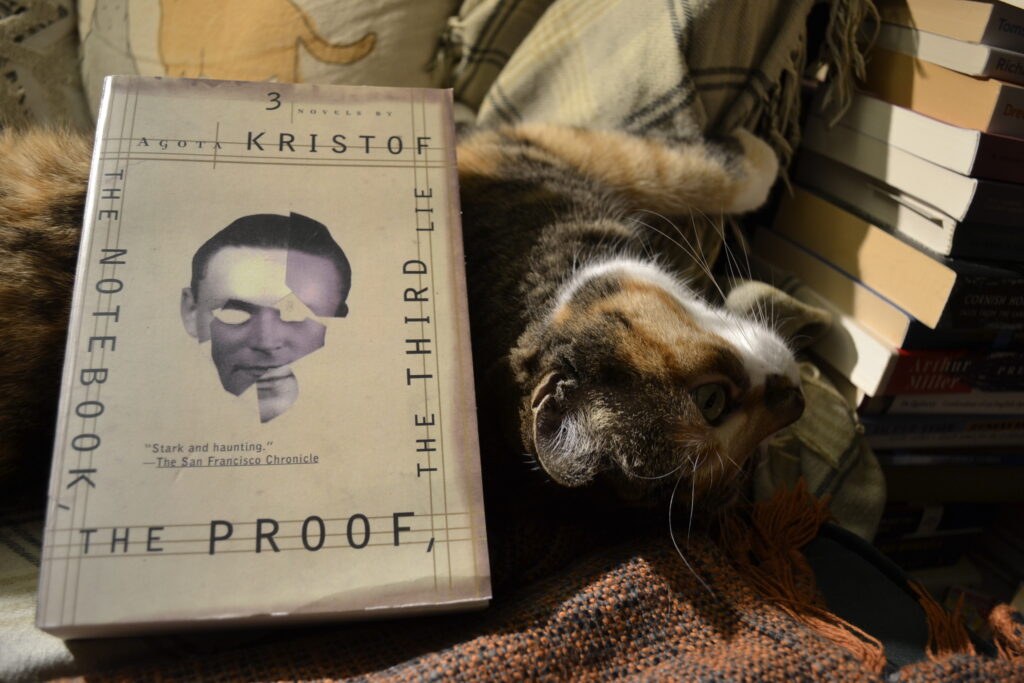
Winterizing
We are so far behind in the winterizing chores. After so much work, we’ve been going on birding outings, foraging trips, and enjoying the leftover Halloween candy. Plus there’s the slow changeover of Halloween decorations to Christmas decorations in the sitting room. In the midst of all of that, the weather has been changing faster and more unevenly than we want it to. The ice means it’s time to winterize the car. Then there’s the garden tasks that are starting to get more urgent.
But even yard work can be satisfying, because I get to hear the neighbour crows calling to one another across the grey skies, and there’s a magic to being out in the early twilight as the lights go on in house after house and snow flurries threaten.
Maybe I feel a bit less prepared, but the seasons change all the same.
